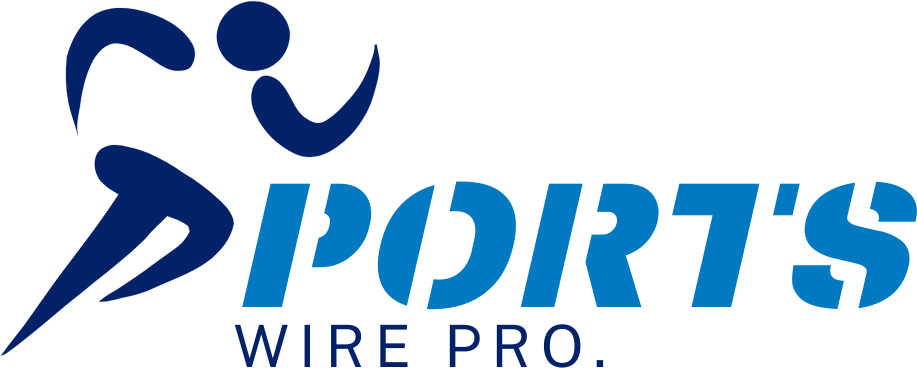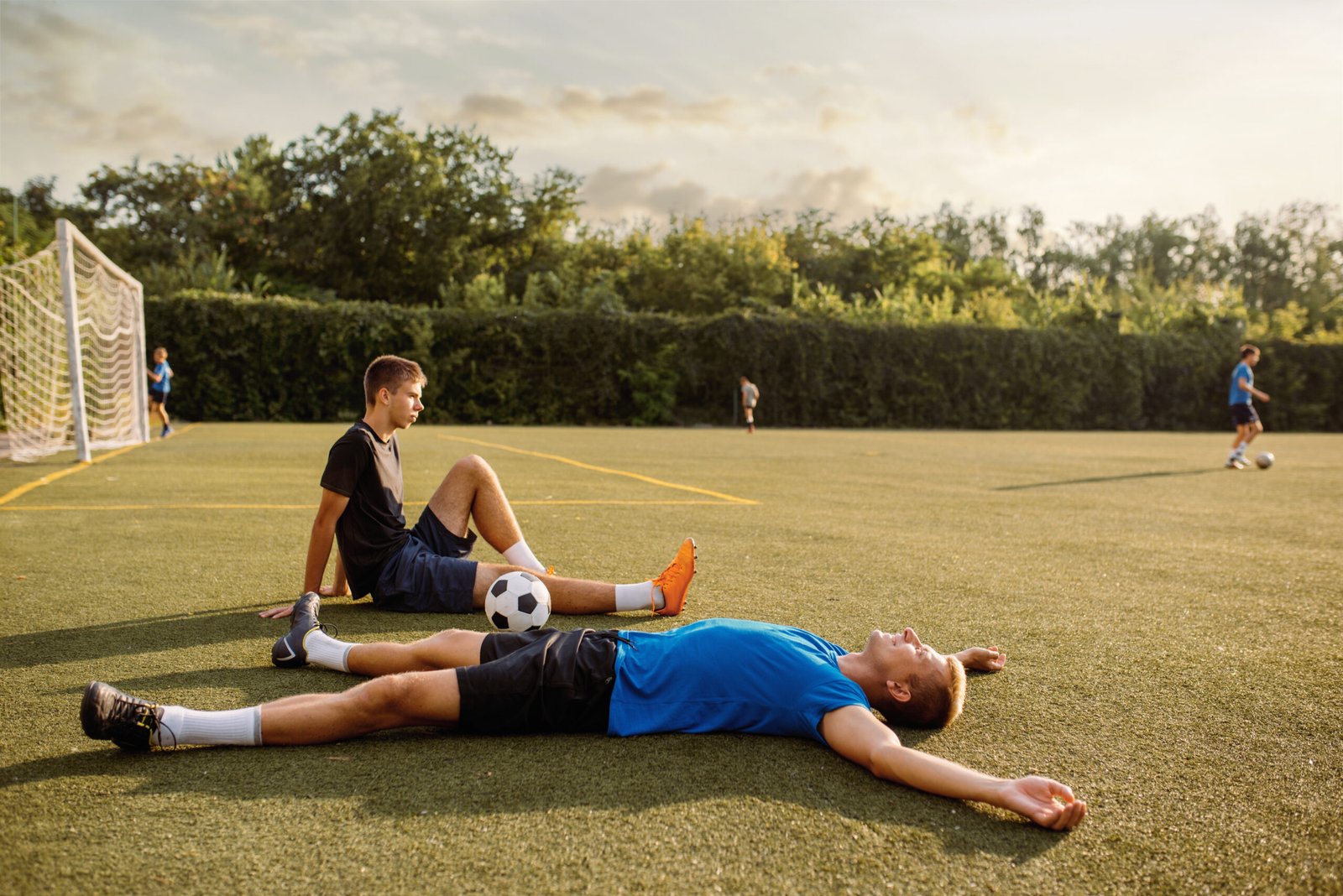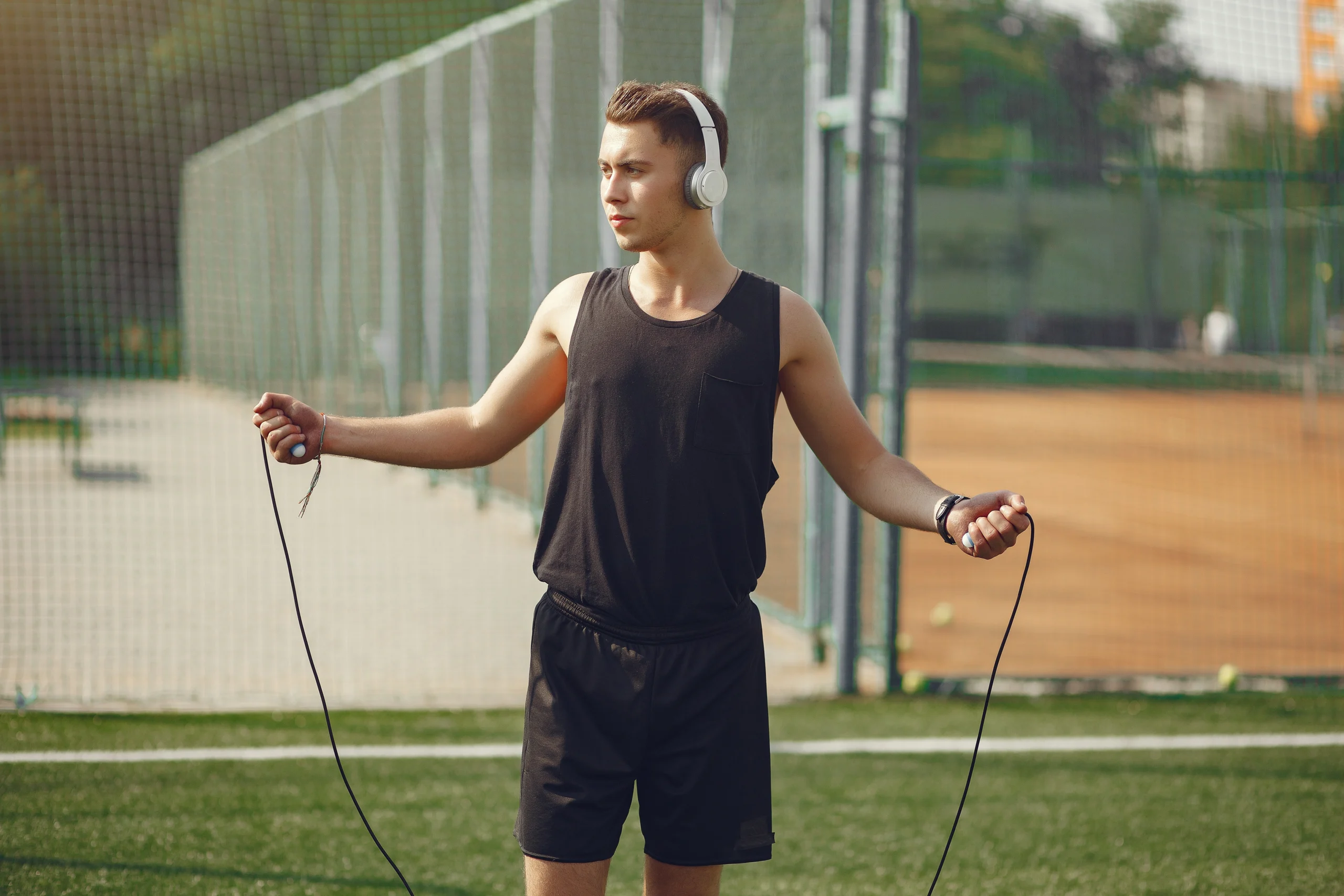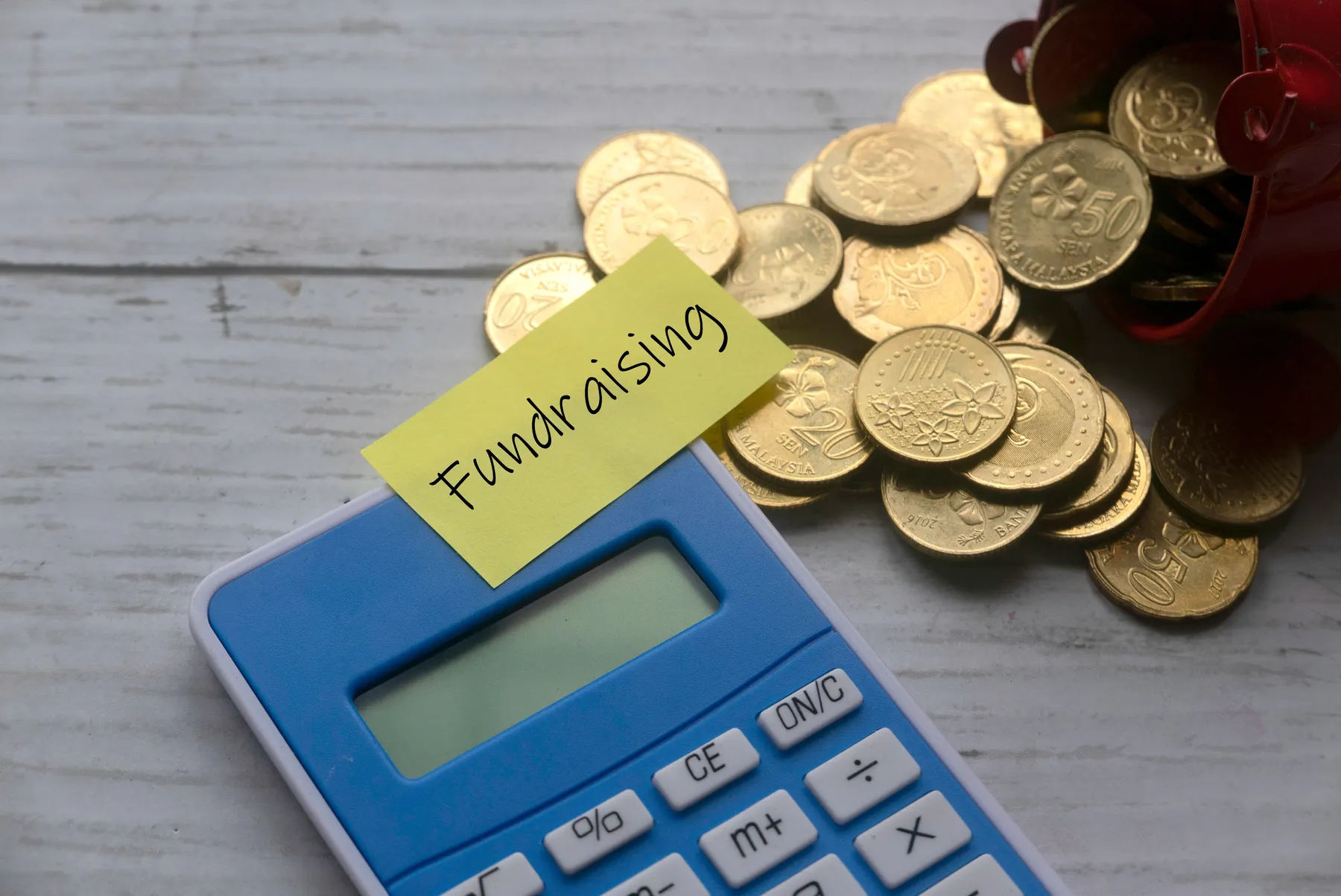Introduction
The adage “no pain, no gain” is often used in sports today. The importance of rest and recovery, on the other hand, is something that every coach or athlete worth their salt will tell you. When it comes to performance, injury prevention, and athletic longevity, these details are frequently neglected yet are vital.
This blog article covers recovery and rest in sports for athletes, fitness enthusiasts, and coaches. Here’s why downtime is equally essential as gaming time.
Understanding Athlete Recovery
Recovery goes beyond a day off. This dynamic procedure restores the body and mind using numerous methods. For athletes, recovery is where the magic happens—muscles mend, strength is created, and the body adjusts to physical demands.
Nutrition, water, sleep, and recuperation strategies comprise recovery. Understanding these variables allows athletes to customize their recuperation strategies and improve performance.
The Science Behind Rest in Sports
Any effective training regimen requires rest. Resting triggers several physiological mechanisms that aid healing. Rest repairs muscle fibers replenish glycogen, and resets the neurological system.
Rest boosts performance and attention and reduces sports injuries, according to research. Understanding rest science may help athletes and coaches plan better training and recovery, improving performance.
Why Rest and Recovery Are Crucial for Athletes
Recovery is essential for athletes. Without sufficient rest and recovery, overtraining may cause weariness, poor performance, and injury. The body tells athletes to rest and repair.
An athlete’s performance, endurance, and mental clarity may all benefit from rest and recovery. The coaches should stress rest days and teach players to heed their bodies.
Benefits of Active Recovery
Active recovery is a low-intensity activity after severe exercise. Walking, swimming, and yoga are examples. Blood flow, metabolic waste removal, and muscular pain are improved by active recovery.
Active recuperation benefits athletes’ physical and mental health. It keeps the body moving and eases the return to intensive exercise. For athlete health, coaches should include active recovery days in training.
The Role of Nutrition in Athlete Recovery
Nutrition is an essential part of getting better. Eating the right foods can help your muscles heal, give you more energy, and lower inflammation. Proteins, carbs, healthy fats, and vitamins are all essential parts of a healing diet.
Professional athletes should work with chefs to make healing meal plans that are unique to them and fit their training goals and food tastes. A good diet is an essential part of getting better and shouldn’t be ignored.
Hydration and Its Impact on Recovery
As they recuperate, athletes should consume plenty of water. Dehydration impairs performance, heals slowly, and increases injury risk. To stay hydrated, athletes must drink plenty before, during, and after activity.
Drink water, energy drinks, or sports drinks to rejuvenate. Your water requirements vary based on how hard you exercise, the weather, and how much you sweat.
Sleep’s Essential Role in Recovery
A lot of people think that sleep is the best way for sports to heal. As you sleep, your body makes more growth hormone, which helps muscles mend and grow. Getting enough sleep also helps your brain work, your mood, and your energy levels.
Athletes should try to get between 7 and 9 hours of sound sleep every night and make a regular sleep routine. By making your bedroom calm, dark, and quiet, you can improve the quality of your sleep and speed up your healing.
Exploring Recovery Techniques for Athletes
Besides rest and a good diet, athletes can also benefit from different healing methods. Some of these are stretching, foam rolling, massage treatment, and freezing. Each technique is helpful in its way and can be added to an athlete’s practice.
Test-driving different ways to heal can help players figure out what works best for them. Coaches should tell their athletes to look into these choices and make their healing plans.
Preventing Sports Injuries Through Recovery
Working on healing helps you avoid injuries, which is one of its primary advantages. Overtraining is a common source of injuries in sports, but a comprehensive recovery strategy may reduce this risk. Athletes may lessen their chances of harm by adhering to healthy practices related to nutrition, hydration, rest, and recovery.
Teaching players how important it is to recover and giving them tools to help them avoid injuries can make them healthy and more adaptable.
Creating a Personalized Recovery Plan
As athletic as you are, your body heals naturally. To create personalized recuperation regimens, athletes require training, performance, and preference information. Trainers, nutritionists, and sports therapists may help athletes customize their recovery regimen. A good recovery plan may be adjusted based on feedback and progress.
Expert Insights on Recovery and Rest
We talked to sports pros and experts to get more information on the significance of recovery and rest. Many stress the importance of healing as a way to improve performance and the need for tailored methods.
Quotes and stories from these experts can help players see things more clearly and motivate them to make recovery a priority in their workouts.
Developing an Athlete’s Mindset for Recovery
Mindset matters in athlete rehabilitation. Stop seeing rest as a weakness and start seeing it as an essential part of training to enhance your performance and health. Mindfulness, visualization, and positive self-talk may reduce anxiety and promote relaxation, aiding recovery.
The Impact of Technology on Recovery
In the past few years, technology has become an essential part of healing plans. Wearable tech can keep track of how much you sleep, your heart rate, and your level of healing. This gives players helpful information that they can use to improve how they recover. Several apps also offer guided workouts for active healing and relaxation activities to help you think more clearly.
The Importance of Community Support in Recovery
Putting together a group of people who will help an athlete can have a significant effect on their health. Family, friends, teachers, and other players can help you stay motivated, hold you accountable, and share your experiences. Setting up a space where players can value healing is essential for their general health and performance.
Conclusion
Rest and recovery are sports’ hidden heroes. Athletes, fitness lovers, and coaches may improve performance, avoid injuries, and succeed by knowing and using them.
Remember that recovery follows training for optimal performance. Consider adding resources, contacting experts, and trying new methods to improve your healing regimen.
Subscribe to our newsletter or contact our specialists for athlete rehabilitation advice. With rest and recovery, you can perform at your best.





